chickens
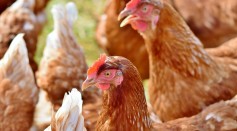
Novel Artificial Intelligence Can Determine Distress Calls From Chickens With 97% Accuracy
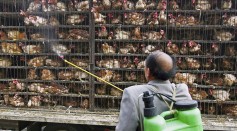
Burkina Faso Bird Flu Outbreak: 500,000 Chickens Die Due to H1N1 Strain
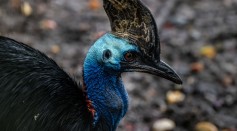
Archeology: Ancient Humans Farmed Vicious Cassowaries, Thousands of Years Before Raising Chickens
Red Junglefowl Experiment Reveals Genetic Expression and Cognitive Enrichment Influence on Impulsivity
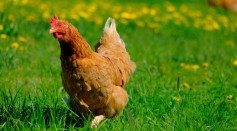
Salmonella Outbreaks in 43 States Linked to Backyard Chickens, CDC Warns
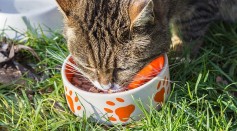
Lab-Grown Meat for Pets? Experts Explain How
Scientists Find a Flamboyant, Chicken-Sized Dinosaur
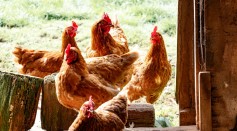
Health Precaution: Salmonella Pediatric Cases Connected to Queensland Backyard Chickens
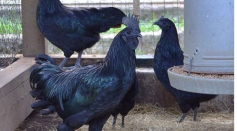
Fun Fact: Where Can You Find An Incredibly Rare All-Black Chicken In and Out?
Revealed: Why Some Chickens Have Stripes In Their Feathers
Embryological Manipulation Reveals Chicks Can Have Prehistoric Looks
The Chicks With All of the Tricks—Spatial Strategies & Number Mapping
Think That Chicks Are Just Plain Cute? Well It Turns Out That They Have a Knack for Numbers Too
Most Popular

How Technology Is Changing the Real Estate Industry?

How a Plant-Based Diet Can Protect Against Breast Cancer: Insights from Nutrition Research

Study Reveals High Turnover in Scientific Research Careers: What This Means for Future Scientists

Why It's So Difficult to Lose Weight: The Biological Explanation Behind Obesity





